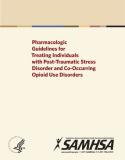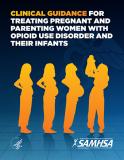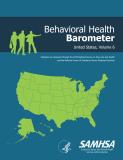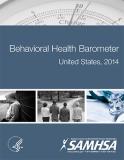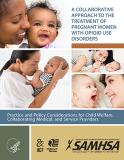
This manual offers best practices to states, tribes, and local communities on collaborative treatment approaches for pregnant women living with opioid use disorders, and the risks and benefits associated with medication-assisted treatment.
Units per Product
Download
A Collaborative Approach to the Treatment of Pregnant Women with Opioid Use Disorders
File Type: PDF
File Size: 1.54 MB


